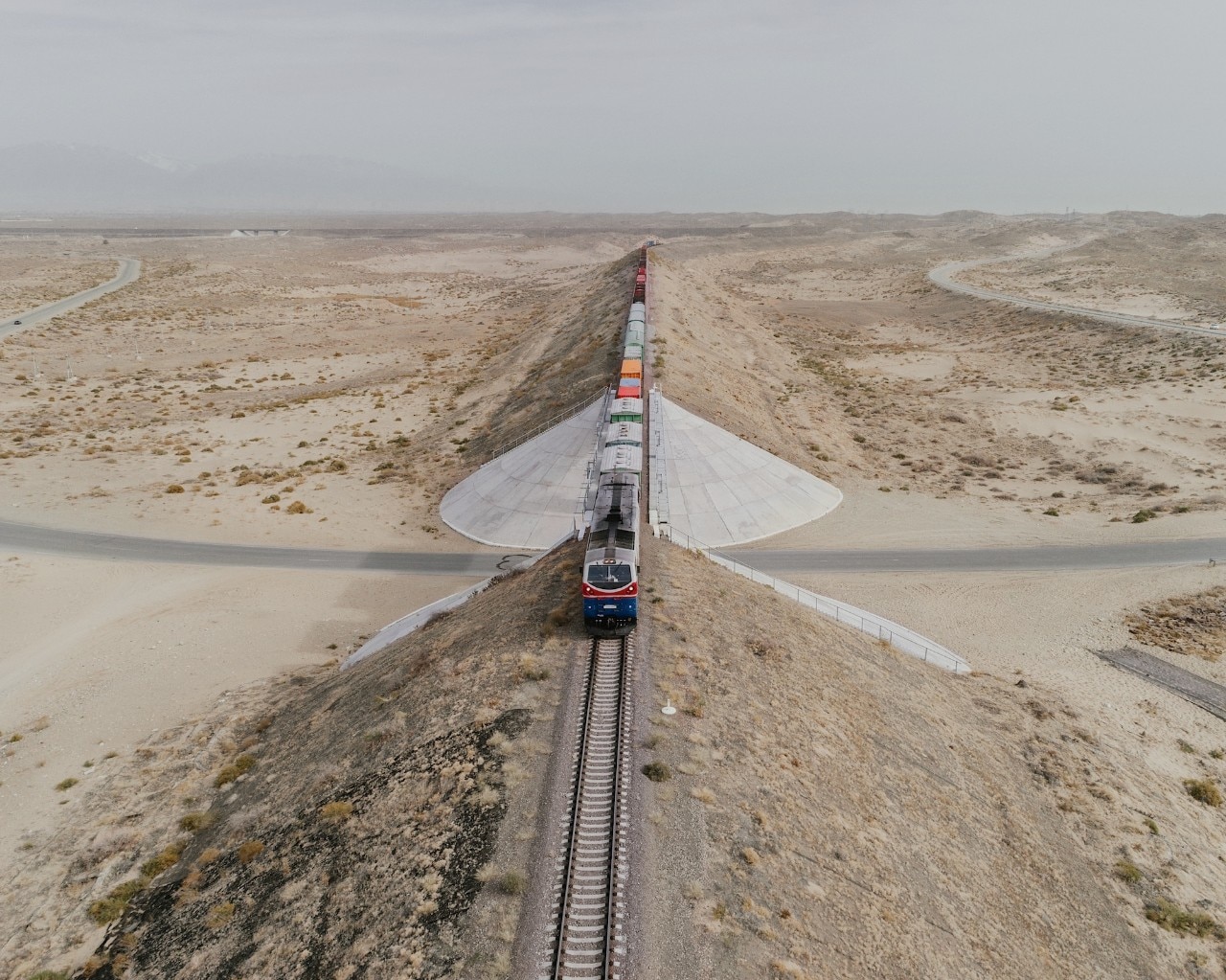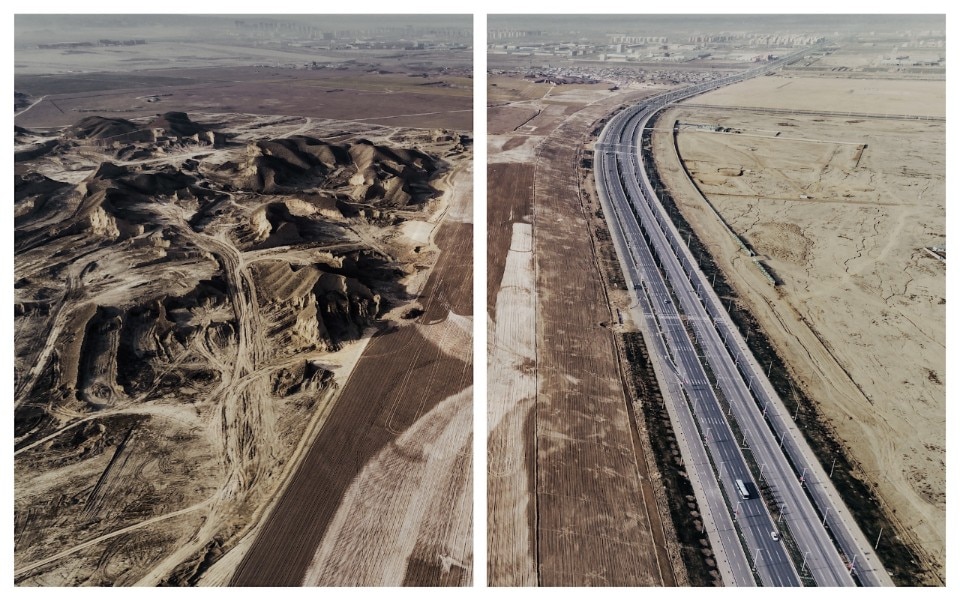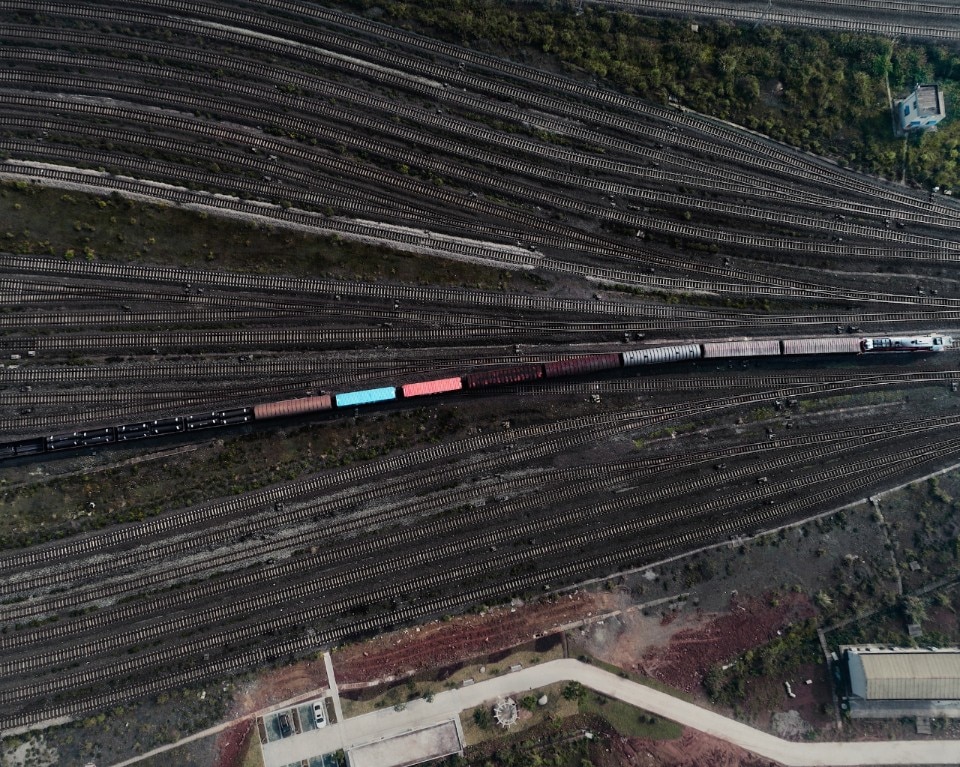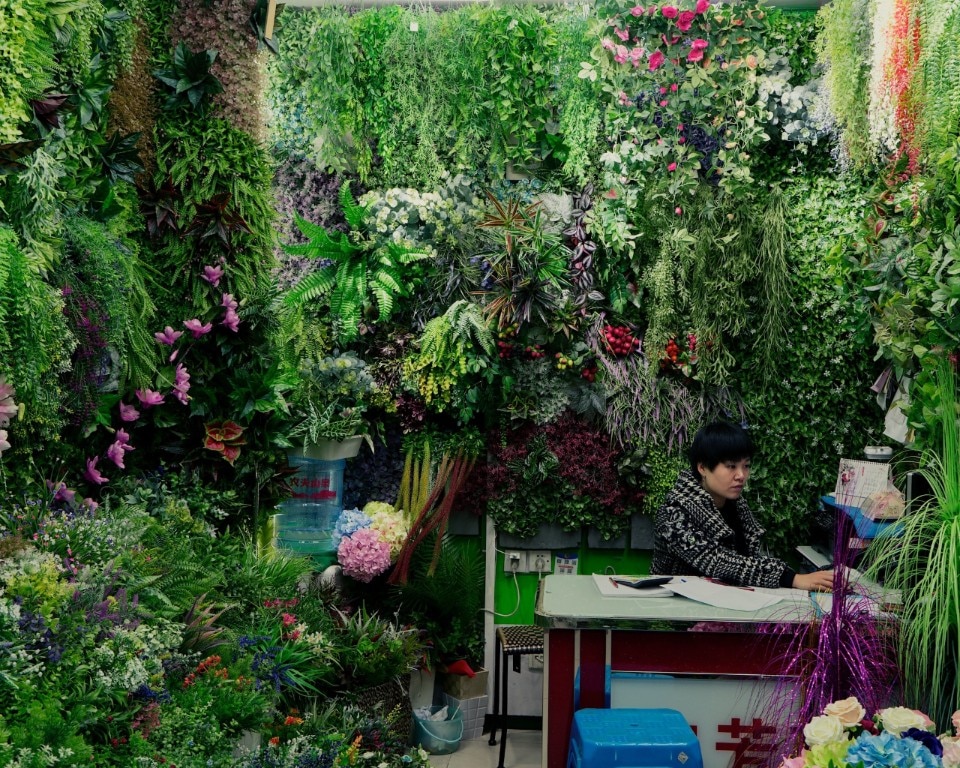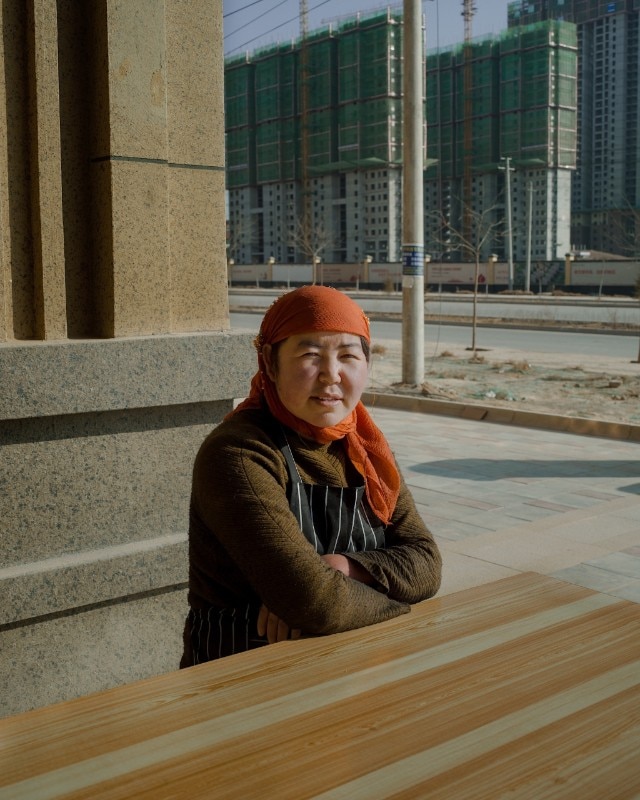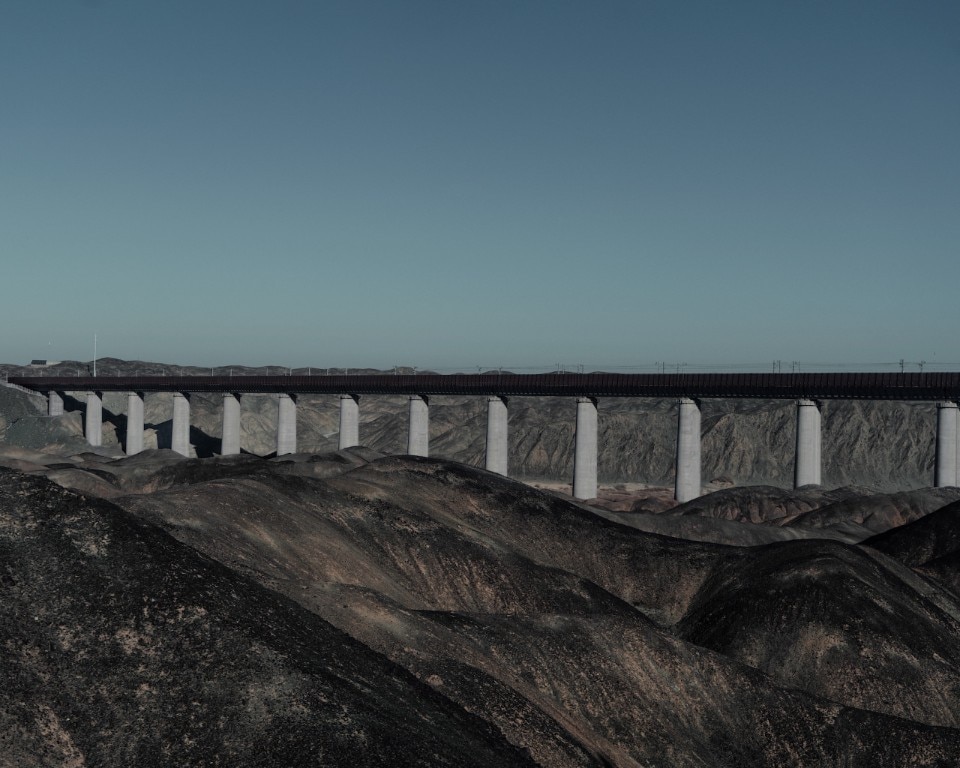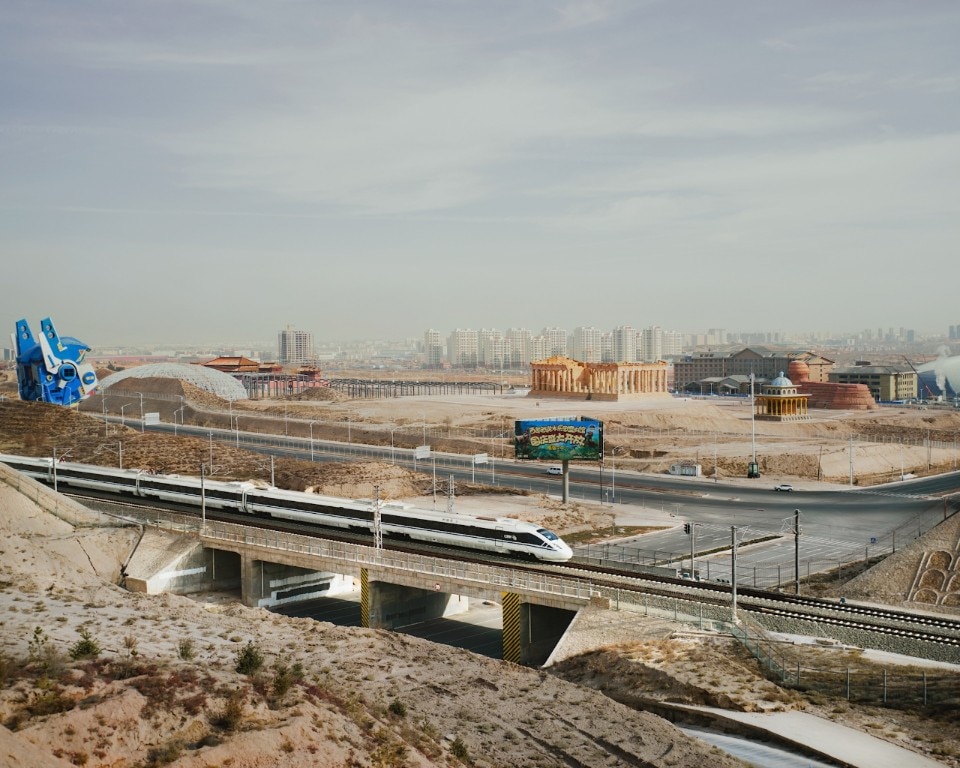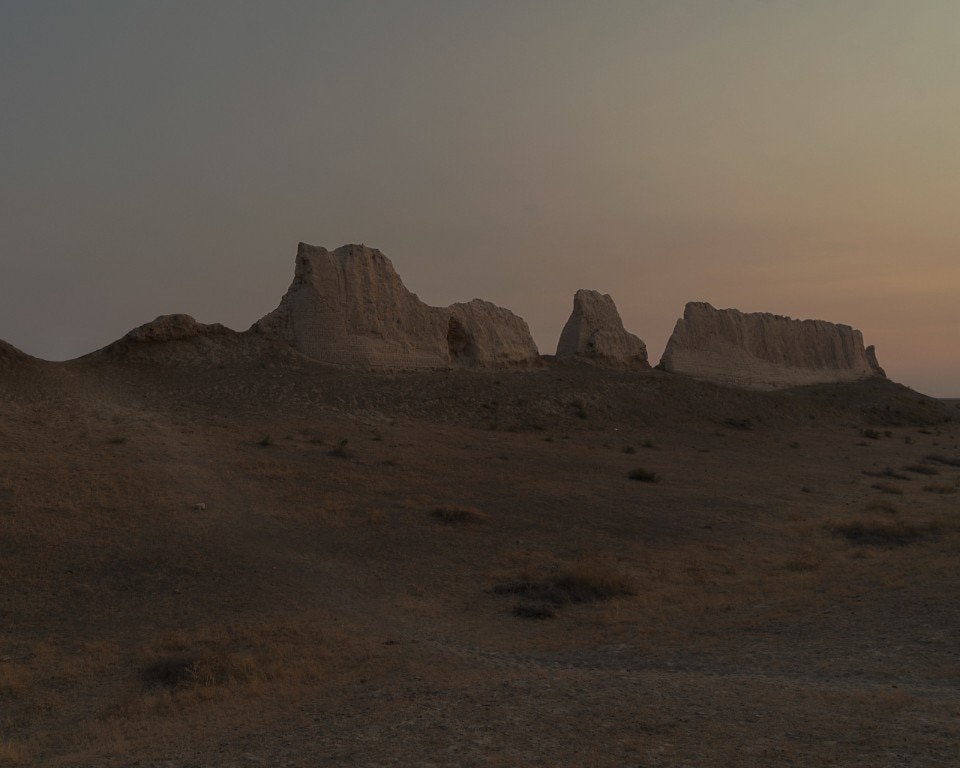As much of the world seeks to seal what they have via imaginary lines, China is leveraging borders to generate difference and facilitate economic exchange. Much has been made of the Shenzhen Special Economic Zone; most miss the historical context of enclaves in the concessions, in Hong Kong itself, and in the emerging states of exception in the Pearl River Delta (currently rebranded by the Chinese government as the Greater Bay Area). Further, the narrative of China’s Belt Road Initiative mainly focuses on its infrastructure and omits the tied operations of state-owned developers.
China made a wall and it failed. For centuries China has been developing a cocktail of infrastructure, border thickening and urban development as a way to literally build urban economic ties.
Infrastructure culture
The works of the Chinese government with the Belt Road Initiative (BRI) are often explained to the world in terms of lines of infrastructural investments stretching across a map. In reality these gestures signify far more than train lines, ports, highways and pipelines. They are not merely some sort of passive “hardware” systems. Of course there are the advanced technologies of construction, port processing systems and much more inherent, but these universal languages of concrete and steel spell out a broader picture.
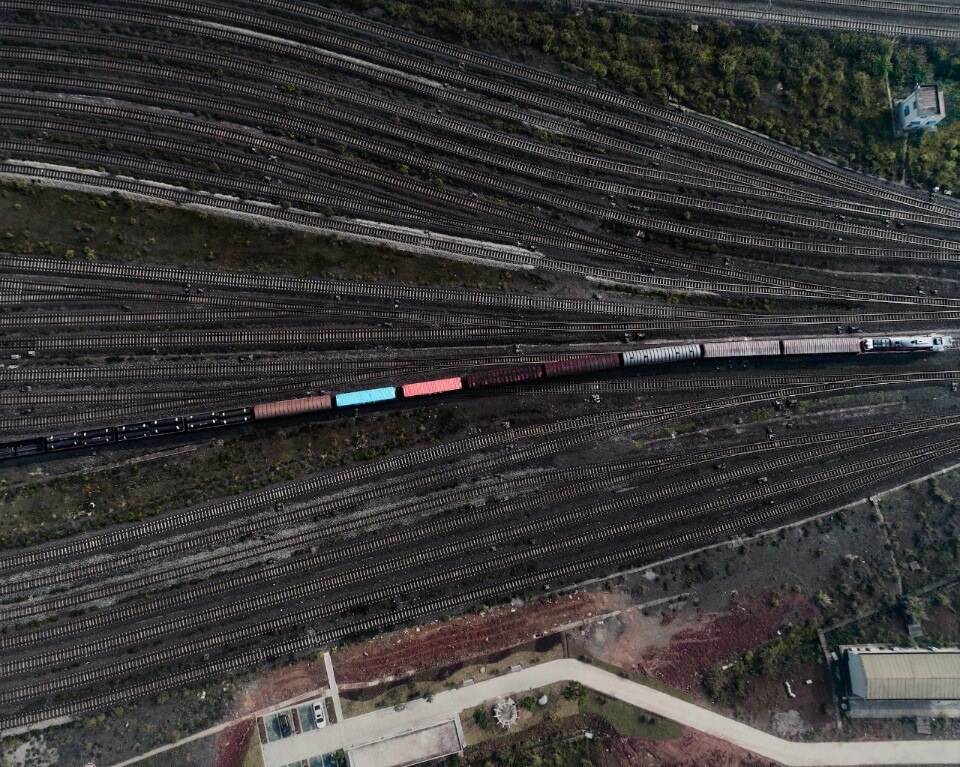
Emerging enclaves
Looking back, China long ago attempted to separate itself from the world, through walls and policies. Its exploration of new forms of international exchange started with the creation of concessions in the late 1800s. One of the most iconic is the French Concession of Shanghai, but these “bloated embassies” began to pop up at many of its key ports. However, these were not limited to coastal conditions. They were often at infrastructural hubs of the day, which frequently took the form of inland river routes. Wuhan (or Hankou at that time) was perhaps the most illustrative, as it contained concessions for the French, German, Japanese, Russian and British empires.
China is using centuries of lessons in urban form to build new border typologies.
Hong Kong prototype
Of all the concessions, British Hong Kong Island is probably the best-known example. The results of the Opium Wars presented China not only with a concession, but also a rapidly developing port area that offered easy access to far-flung markets. In time, the advantages of this border town to the world became more self-evident. Greater infrastructural investments from both sides were developed to ease the exchange of goods. Through further disputes, the border that was Victoria Harbour shifted to what is now Tsim Sha Tsui (which today includes the West Kowloon Cultural District, with the M+ Museum by Herzog de Meuron, the Xiqu Centre, buildings by UNStudio, and more), and extended as far as Boundary Street, before eventually stretching to encompass the aptly named New Territories. The possibilities of linked, layered infrastructures, of shifting borders and subsequent urban development became clear.

Spatial economic zones
These concepts were further tested and advanced within China via the special economic zones of Shenzhen. The built form of the area evolved over the years, with perhaps the most indicative being the Port in Shekou, which was given to the state-owned corporation China Merchants (more later).
This space has quickly transformed from an industrial harbour to a space for high-density living and a cultural destination. The area has now manifested further typological advancements in states of exception, such as in Qianhai (with Shenzhen attracting Hong Kong and international headquarters) and more recently at the Lok Ma Chau Loop (with Hong Kong drawing Shenzhen tech). These developments blur what is Hong Kong and what is Shenzhen more and more each day.
Concessions to constellations
In the layered narratives of the Belt Road Initiative, much is made of the Spice and Silk routes of the past. Similar to those old routes, these are not singular highways of trade, but emerging networks.
What lies behind them are the political ambitions of the Chinese government to forge their own Marshall Plan or some sort of neocolonialism. Even deeper roots for these networks lie in the economic necessities of a massively growing country in need of exchange to feed its desired growth.
This is why, in reality, the investments of the BRI are not simple lines, but instead a scattered array of dots. Sometimes real links between these points are made, but often the connections are more like those of constellations when looking at the sky – constructed by stories and diagrams, not built infrastructure per se.
SE Asia change
Looking closer at the international funding streams in Eurasia, one notices that China may grab all of the headlines, but in fact there are many players in the game. Japan, Korea, India, Singapore and many others are investing heavily in assorted regions as an attempt to gain favour. This wrestling for influence necessitates higher-level strategic thinking.
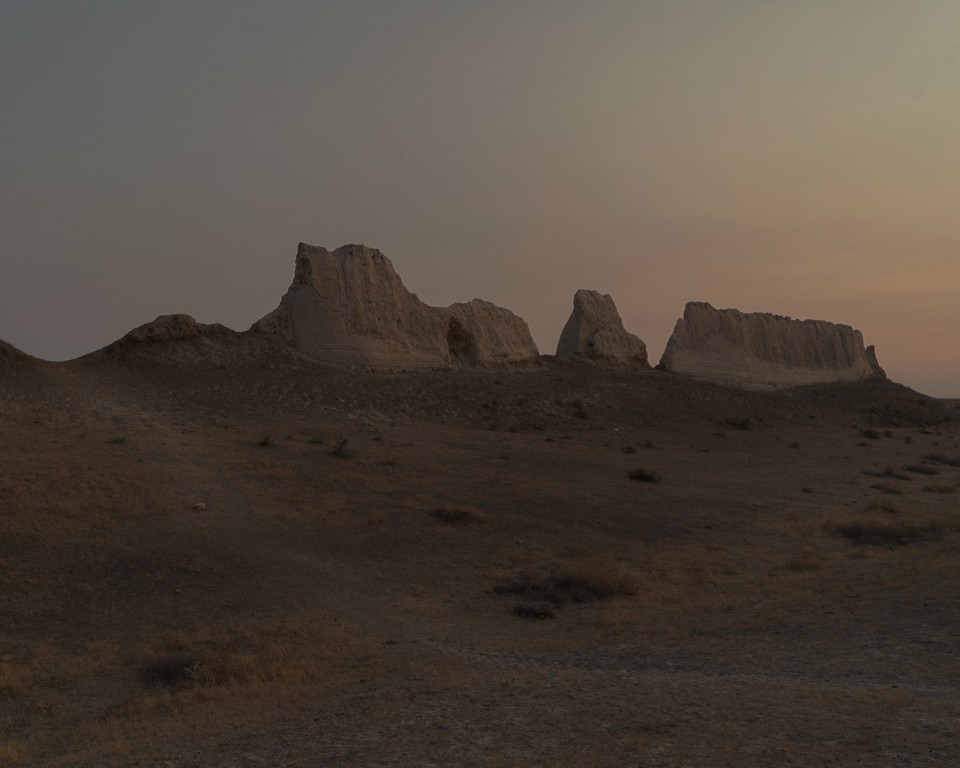
Three swipes
Although the lines of influence are not singular, swaths do emerge. Examining the stretches of tactics, one can see how the route going through Mongolia and Russia and reaching the EU in Poland, Germany and the Netherlands is principally linking to strong economies. The path through Khorgos, the “-stans”, Tehran and ending in Istanbul, on the other hand, is loaded with raw materials (oil, gas, etc.). And although much has been said of the “String of Pearls” along the Indian Ocean’s ports acting as a long-term military network, it also links to some of the largest populations in the world, all with potential for rapid growth (Myanmar, Bangladesh, India via Sri Lanka, Pakistan, the Middle East, East Africa and Eastern Europe).
Enterprising state
Although the Chinese state is responsible for the infrastructural developments in these regions, it almost always brings along one of its two state-owned companies that specialise in ports and development. Either Cosco or China Merchants or both are involved in every port development along the Indian Ocean.
And yes, that’s the same China Merchants that is based in Hong Kong and has been integral to the transformation of the Shekou Special Economic Zone (which now includes the Design Society museum by Maki and Associates).
China Merchants has openly declared this to be a development policy, with the announcement of its so-called “Port-Parks-City” model (or PPC, where the parks are industrial ones) as a way to build urbanism around its/China’s infrastructure developments.
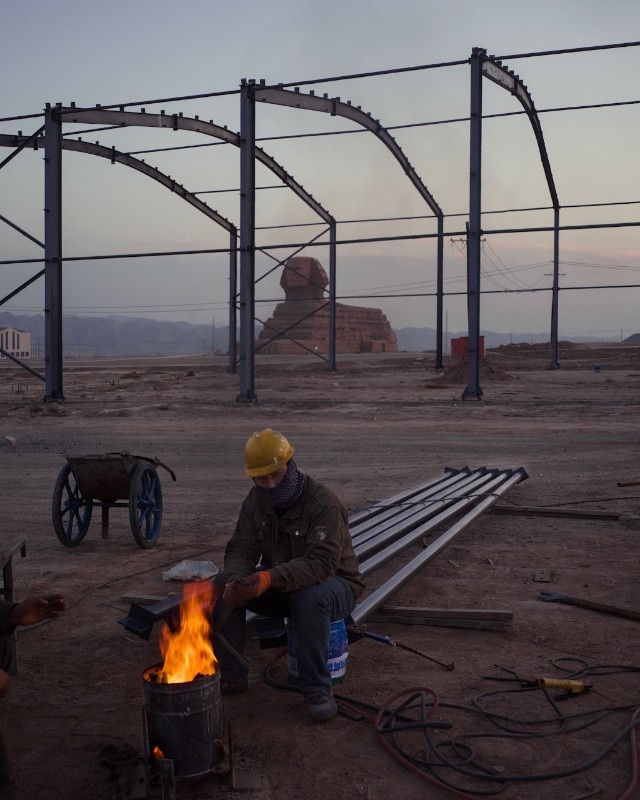
Blurred lines
The conversation surrounding the Belt Road Initiative has largely centred on infrastructure, economics, politics, etc. Words like neocolonialism, debt traps and so on are rightfully thrown about and debated. However, what is often overlooked is the urban-development-based tactic being put forth. China is using centuries of lessons in urban form to build new border typologies. While others reinforce via walls or fortress-like policies, China is cutting infrastructure-led business deals and bringing in urban development to foster a new typology of borders of built urban gradients.
Jason Hilgefort is a partner of the Land+Civilization Compositions studio, based in Rotterdam and Hong Kong, director of the Aformal Academy in Shenzhen (China), and co-founder of the Institute for Autonomous Urbanism, Hong Kong.
Jason Hilgefort is a partner of the Land+Civilization Compositions studio, based in Rotterdam and Hong Kong, director of the Aformal Academy in Shenzhen (China), and co-founder of the Institute for Autonomous Urbanism, Hong Kong.


